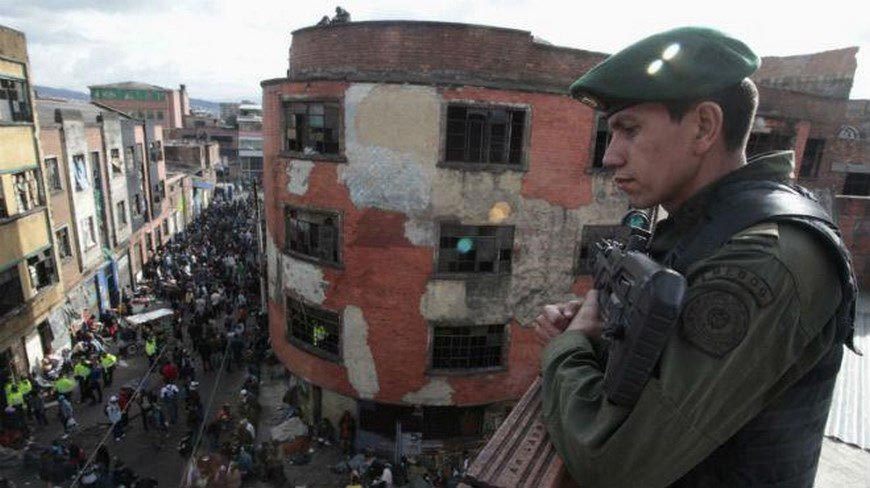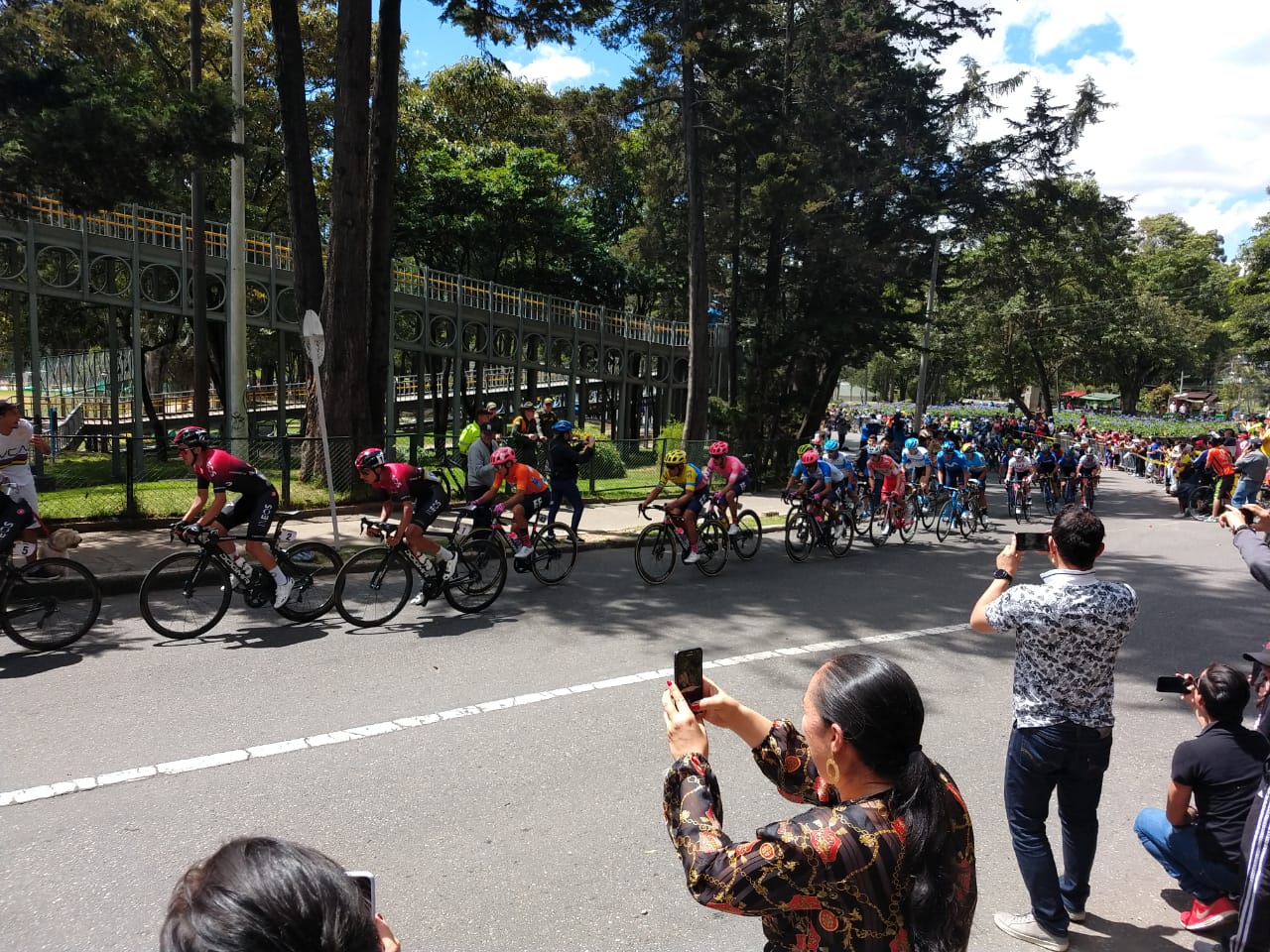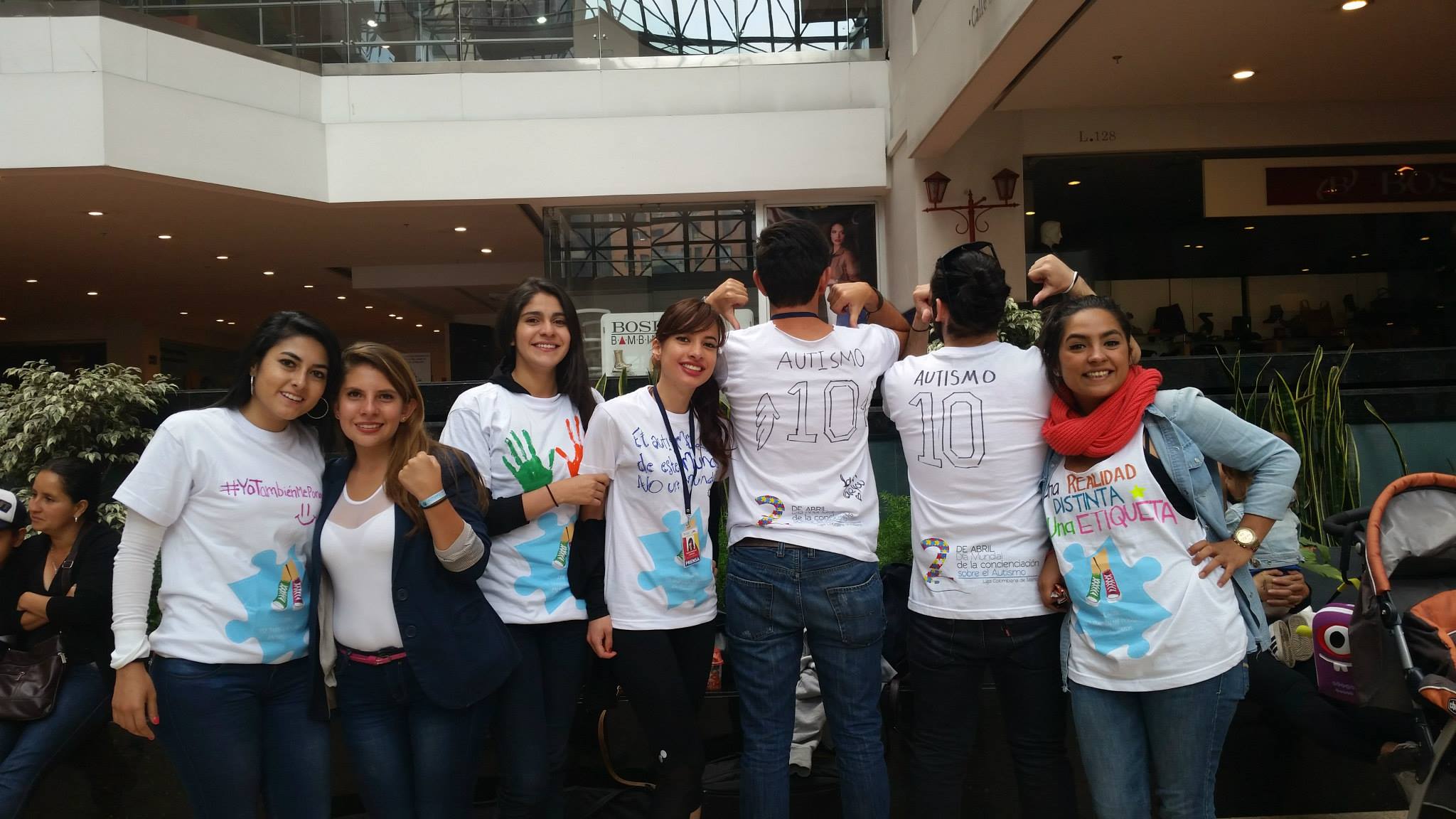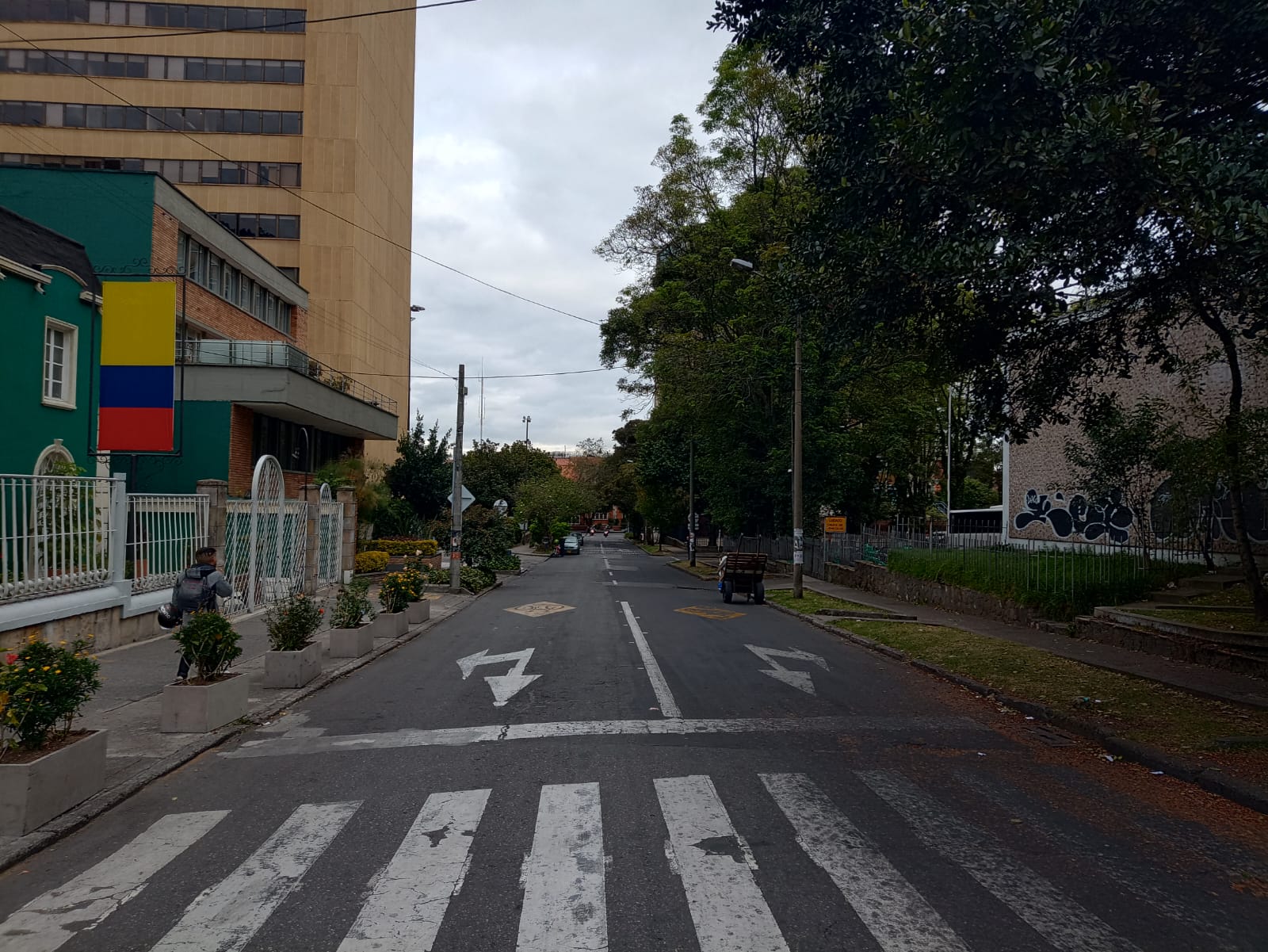Protests and violence spread from Bogotá to other Colombian cities as the Colombian government admits fault and suspends police officers.
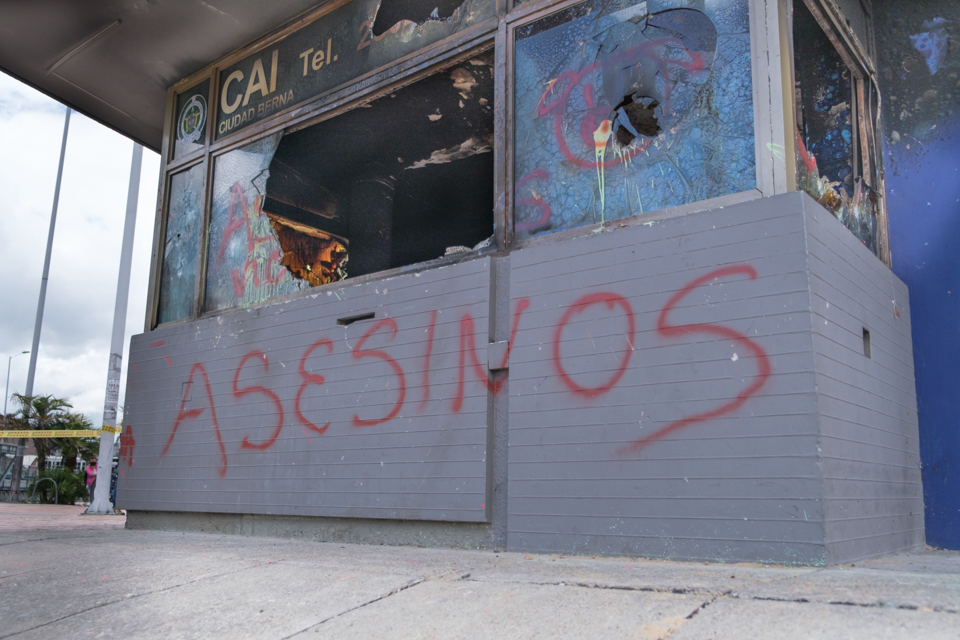
Overnight, as a second day of protests following the police killing of Javier Ordóñez continued in Bogotá, similar scenes also began to play out across Colombia.
While the violence and destruction was not as extreme as the events seen Wednesday night throughout the capital, demonstrations and chaos also erupted in cities including Medellín, Cali, Barranquilla, Manizales, Cúcuta, Villavicencio, and Armenia.
This morning, Colombian Minister of Defence Carlos Holmes Trujillo reported that the official civilian death toll from the two days of protests and violence now sits at 10, with seven deaths in Bogotá and three in Soacha.
Holmes Trujillo also revealed that a woman had died after being hit by a stolen public SITP bus overnight on Thursday amid more chaos and outrage over the widely shared video recording of police officers repeatedly tasing Ordóñez, who later died in a hospital, after restraining him on the streets of Bogotá.
In total, over 400 people have been injured across Bogotá, Cali and Medellín, including 194 members of the police forces, and 209 civilians, according to the government.
Trujillo called the events two days of “systematic and coordinated vandalism,” which affected 60 police facilities, including many CAI stations across the city that were set on fire. In addition, he reported that 91 vehicles were vandalised, as were 33 TransMilenio busses, 44 SITP buses, 25 motorbikes, 22 institutional vehicles and one private lorry.
A quiet day before more demonstrations
On Thursday, as the capital reckoned with its deadliest night in recent memory, it initially seemed as if things had calmed down.
During the day yesterday, our team reported limited police presence and plenty of Bogotá city officials around the areas of Parkway, Villa Luz and Verbenal, where a vigil was held for a protester who had died.
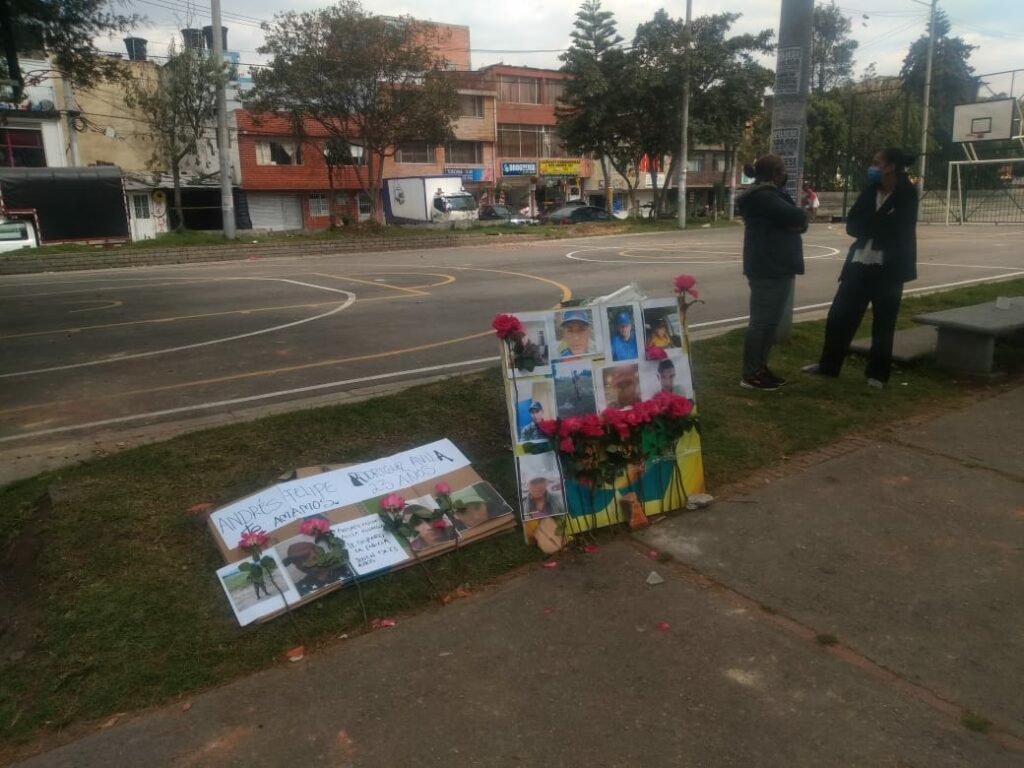
With few large demonstrations seen during the daylight hours, Bogotá’s Mayor Claudia López stated that she would not issue a curfew for the city. But she did call for all residents to be in their homes by 7pm, if possible, in order to “avoid tensions and shared living problems” as well as traffic jams.
López also unexpectedly halted the city’s TransMilenio service at 8pm, forcing many residents to walk home. The public transportation service relied upon by millions of commuters every day will be shut down again tonight at 8pm, the city announced.
Apologies, action, and reform
While day two of the protests was less violent and tragic than the night before, the public outcry this week has pushed authorities to take action.
This morning, Holmes Trujillo issued a formal public apology from the Ministry of Defence for the legal violations and disregard for regulations committed by the police officers involved in Ordóñez’ death.
At lunchtime, he went further, announcing investigations into misconduct and the suspensions of at least seven officers. The two police officers captured on video restraining and repeatedly tasing Ordóñez before he later died in the hospital are among those suspended and, according to a Reuters report, will be fired.
Meanwhile, calls for structural police reform have continued – from protestors, the media and Bogotá’s mayor herself.
Mayor López said that the misconduct that led to Ordóñez’s death is not an isolated case of violence, but rather there is a “deficit of confidence and legitimacy in police and security bodies.” She said that this can only be remedied through constitutional reform that must be carried out by the president and called for “justice, action and reforma!” on Twitter.
A 2019 report by the Bogotá NGO Temblores listed a total of 34 extrajudicial killings at the hands of the ESMAD riot police at social demonstrations over the past two decades.
Last year, 18-year-old Dilan Cruz became a symbol of civilian resistance and protest after he was shot and killed by a “non-lethal” riot control projectile launched by an ESMAD officer during last year’s Paro Nacional.
Mixed political reactions
Mayor López, who spent part of yesterday in hospitals visiting civilian and police officers who were injured on Bogotá’s streets the night before, insisted that violence is not the answer to addressing police violence.
“If we react with more violence, we end up with more problems,” she said in a statement during her usual Thursday night broadcast on Canal Capital. “In Colombia, violence has never solved anything at all. Let’s not lose sight of this.”
Gustavo Petro, leader of the leftwing Colombia Humana political party, called for a national strike. “The trade unions should get together and summon a national strike against the repression,” he tweeted. Petro insisted that the only way to “rescue democracy” is to go out onto the streets in protest.
Former Colombian President Álvaro Uribe, from his finca in Córdoba, where he is under house arrest for witness tampering, called for a “government-enforced curfew, armed forces in the streets…deportation of foreign vandals and the capture of intellectual authors.”

